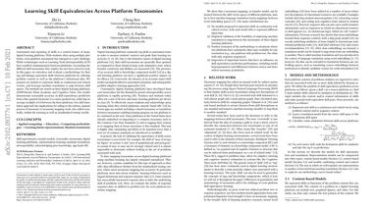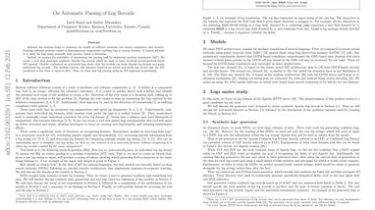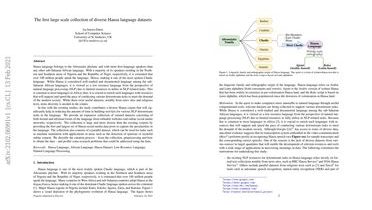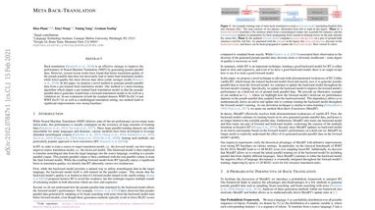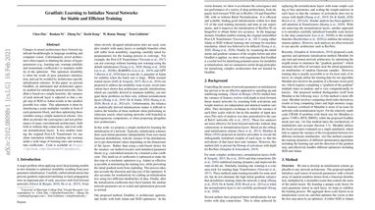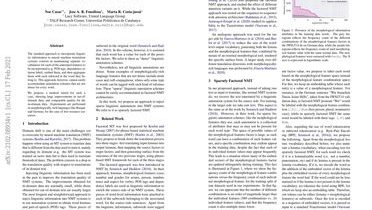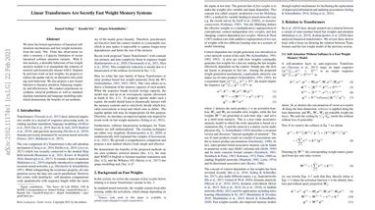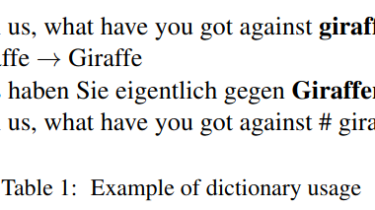Learning Skill Equivalencies Across Platform Taxonomies
Assessment and reporting of skills is a central feature of many digital learning platforms. With students often using multiple platforms, cross-platform assessment has emerged as a new challenge… While technologies such as Learning Tools Interoperability (LTI) have enabled communication between platforms, reconciling the different skill taxonomies they employ has not been solved at scale. In this paper, we introduce and evaluate a methodology for finding and linking equivalent skills between platforms by utilizing problem content as well as the platform’s […]
Read more